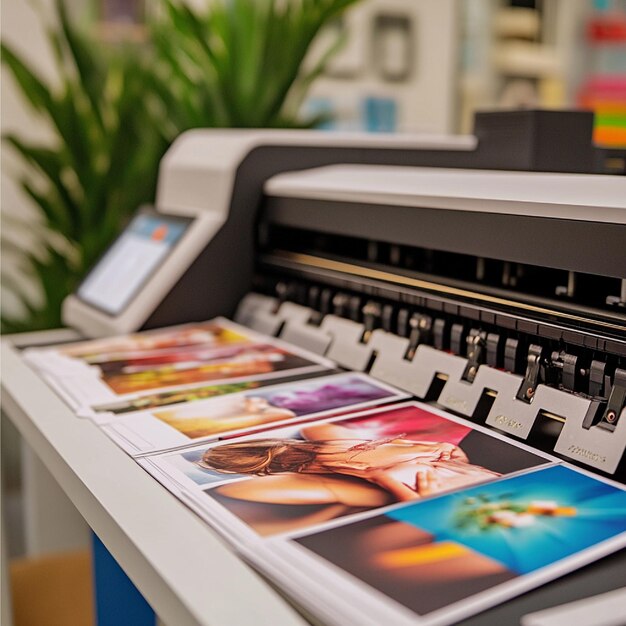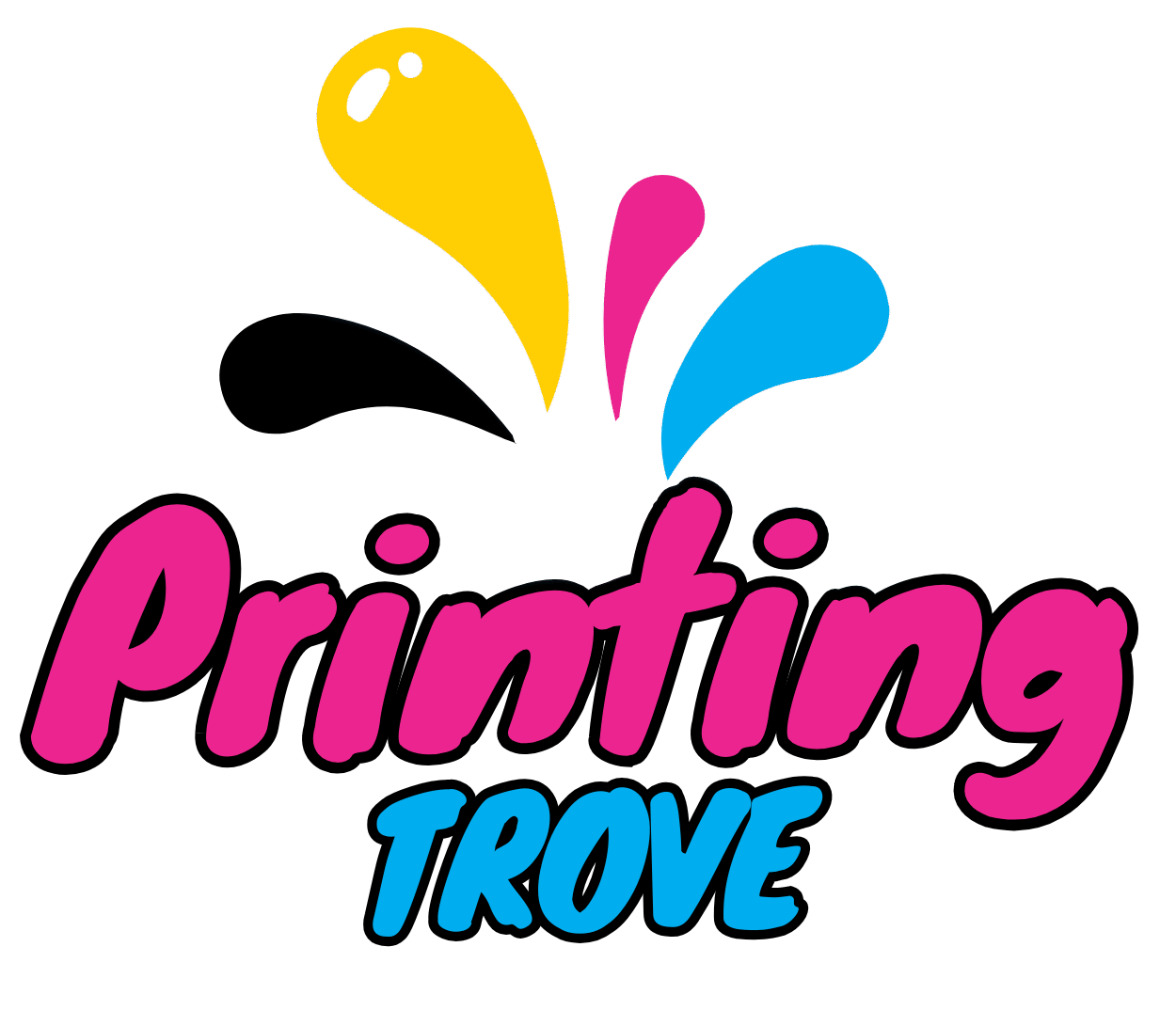The decision between sublimation and screen printing decides how long the designs will remain vibrant, fresh and intact, or will they slowly fade away and disappear. In this article, we will discuss the durability of both methods in detail so that we can find out which technique is the best to keep the designs fresh for years. If you read till the end, you will get a clear idea about which printing method you should choose.

Key Takeaways
Sublimation
- Embeds full-color designs directly into the fabric.
- It is best for polyester materials.
- Designs remain vibrant even after multiple washes.
- Perfect for detailed artwork and photographs.
Screen printing
- Multi-purpose and cost-effective, especially for bulk orders.
- Ideal for bold, solid colours and simple designs such as logos.
- Eco-friendly inks and sustainable practices are improving in screen printing.
- The decision is based on the project’s need for detail and vibrancy or durability or cost efficiency.
Durability and Lifespan of Sublimation Printing

Sublimation printing has excellent longevity and durability. In this process, the solid dye is converted into a gas and bonds with the molecules of the fabric. This is why the prints are vibrant, do not fade, crack or peel even after washing. Sublimation prints are embedded within the material rather than on the surface of the fabric.
Sublimation is an environmentally friendly process with least waste and safe inks. It creates high-quality and strong products that last for a long time. This is why sublimation printing is preferred as it provides long-lasting results.
Elements That Impact Sublimation Print Longevity
High-quality sublimation inks and substrates increase color vibrancy and prints tolerate environmental pressures. Polyester fabrics are preferred because stronger bonding occurs with sublimation inks. The weave and finish of the fabric influence print adhesion and endurance. Temperature, pressure and heat duration should be carefully adjusted; small changes cause weak bonding or quick fading.
Guidelines for Long-lasting Sublimation Prints
Many factors affect sublimation print durability, the most important being the quality of the substrate. Polyester and polymer-coated surfaces provide better attachment than cotton or unprocessed fabrics, making prints more long-lasting. Good quality surfaces keep colors vibrant and protect the print from wear and tear.
Environmental conditions also affect print durability. UV rays can cause fading and humidity weakens dye transfer. Using protective coatings can extend the life of a print. Cold cycles and air drying in washing keep the print safe and prevent premature fading.
Screen Printing: Longevity and Durability

Screen printing is popular because it is durable. Other printing methods fade after some washings, but screen-printed designs retain their colour and sharpness for a long time. This is because the thick layers of ink get absorbed into the fabric so that the design or print does not crack. The type of ink is also important. Water-based inks provide a soft feel, while plastisol inks provide bright and strong colours that easily handle wear and tear. If good quality materials are used correctly, then screen printed clothes look like new even after repeated use.
Factors Affecting Screen Print Durability

- The choice of ink is the most important factor for durability.
- Water-based inks are eco-friendly but less durable than plastisol inks.
- Plastisol inks create a thicker and stronger layer on the fabric.
- Advances in ink technology are making inks more flexible and wash-resistant.
- Natural fibers like cotton absorb ink better than synthetic fibers.
- Better ink absorption leads to more vibrant colors and longer-lasting prints.
- Proper pre-treatment of fabric improves ink adhesion.
- Pre-treatment reduces the risk of fading and cracking over time.
Tips for Ensuring Long-lasting Screen Prints
- Use high-quality inks designed for durability.
- Water-based inks are eco-friendly, but less durable plastisol inks are better for heavy wear.
- Always test ink on a small sample before large projects.
- Proper curing at the recommended temperature prevents fading and cracking.
- Use reliable heat sources like flash or conveyor dryers for consistent curing.
- Advise customers to wash garments inside out in cold water and avoid harsh detergents or bleach.
Comparing Durability: Sublimation vs. Screen Printing

Sublimation
Sublimation infuses dye into the fabric, creating a vibrant, long-lasting design that resists fading and cracking over time. It is especially effective on polyester or polymer-coated substrates, where the color intensity remains vivid after many washes.
Screen Printing
Screen printing uses thicker inks that create a Textured layer on the fabric’s surface. Though the design does not penetrate fibers as deeply as sublimation, high-quality screen prints endure rough wear, making them suitable for items like hoodies and workwear. Advances in ink technology have produced specialty inks that improve durability and flexibility, helping designs maintain their integrity over time.
Print Resolution & Durability

Sublimation offers vibrant, high-resolution prints by infusing dye into polyester or coated surfaces. The result is a soft, long-lasting design that becomes part of the fabric, ideal for detailed apparel and promotional items.
Screen printing provides strong durability on thick materials like hoodies and Heavy fabric. But less detailed than sublimation, it delivers bold colors. The ink sits on the surface, which may crack or peel over time without proper care.
Material Suitability
Sublimation printing works well on polyester fabrics, allowing vibrant colors to penetrate the material, resulting in a long-lasting and visually striking finish. This technique is suitable for athletic wear and fashion items that require both durability and vivid graphics. However, using sublimation on cotton or other natural fibers can lead to lackluster results, as the ink does not bond well with these materials.
Screen printing offers versatility in material selection. This method can be applied to a wide range of fabrics, including cotton, blends, and specialty textiles. Screen printing allows for bold colors and designs but may require multiple screens for intricate artwork, which can increase production time and costs. Therefore, when deciding between sublimation printing and screen printing, it’s essential to consider the type of fabric being used. Each method has its advantages, making it vital to suit your project goals with the right material choice.
Choosing the Right Printing Method for Your Project

Sublimation Printing:
- Vibrant, full-color designs ke liye mozoon hai.
- Sirf polyester fabrics par achha kaam karta hai.
- Dye fabric ke andar jaata hai, jo permanent finish deta hai.
- Fading aur peeling ka masla nahi hota.
- Intricate graphics aur light-colored garments ke liye behtareen hai.
Screen Printing:
- Large quantity orders ke liye mozoon hai.
- Bold designs aur kam colors mein behtareen results deta hai.
- Ink ko mesh screen ke zariye fabric par apply kiya jaata hai.
- Rich, opaque finish deta hai jo dark materials par bhi ubhar kar aata hai.
- Fine details sublimation ki tarah ache se capture nahi hotay.
Design Considerations
Understanding the details between sublimation printing and screen printing can influence your design considerations. Sublimation printing excels in producing vibrant, full-color designs that integrate into the fabric, making it suitable for intricate graphics and photographs. The dye becomes part of the material, ensuring that colors remain vivid after multiple washes. However, this method is best suited for polyester fabrics.
Screen printing offers a tactile quality and produces thick, opaque inks, making it effective for bold designs. This technique works across various fabric types. One must consider the setup costs and time involved in producing multiple colors, as each hue requires a separate screen.
Budget and Quantity
Sublimation printing is suitable for small quantities and detailed designs, with no need for screens but higher setup costs. It works best on polyester fabrics.
Screen printing is cost-effective for large orders, as the per-unit cost decreases with quantity. It is better for bulk production but has color and fabric limitations.
Choosing the right method depends on your project’s scale and budget.s
Conclusion
Sublimation and screen printing offer unique advantages for different needs in custom printing. Sublimation excels in producing vibrant, full-color designs on polyester fabrics, ideal for sportswear and promotional items.
Screen printing is known for durability and versatility, suitable for bulk orders and various materials. The choice depends on material type, design complexity, and order size. Understanding these techniques helps achieve results that elevate your brand or project.
